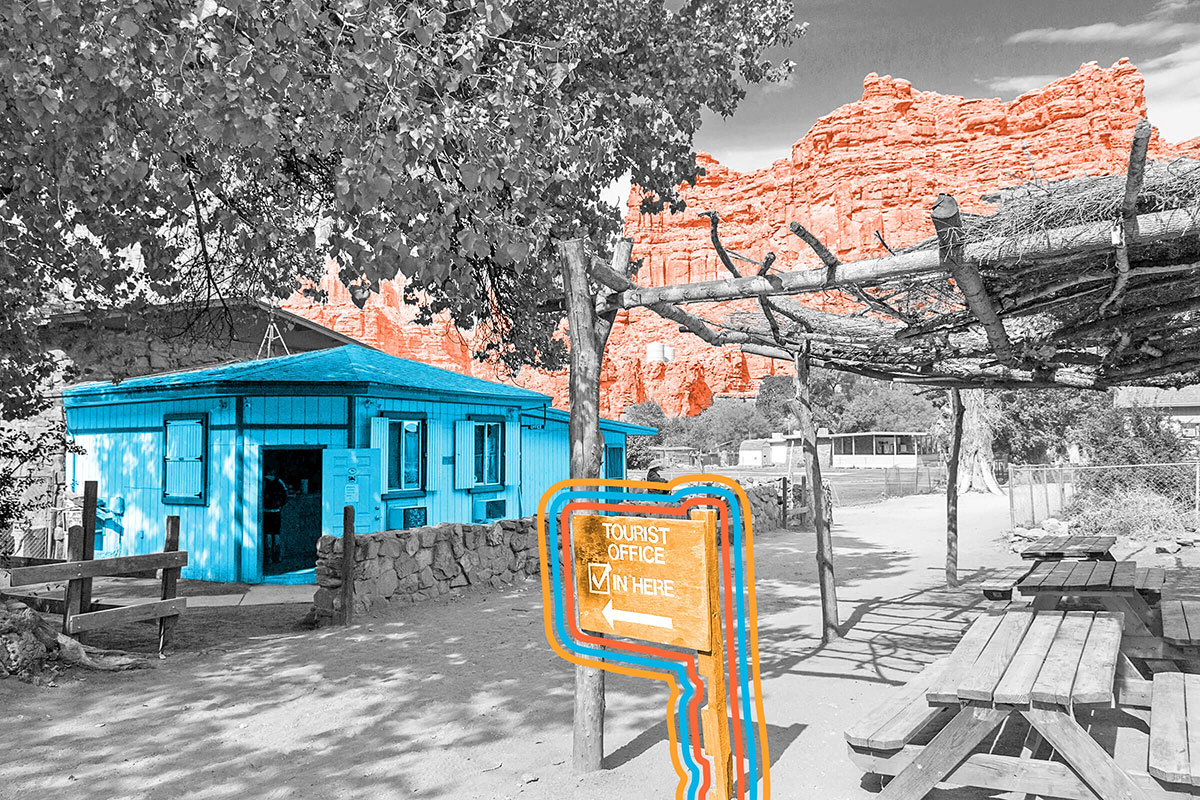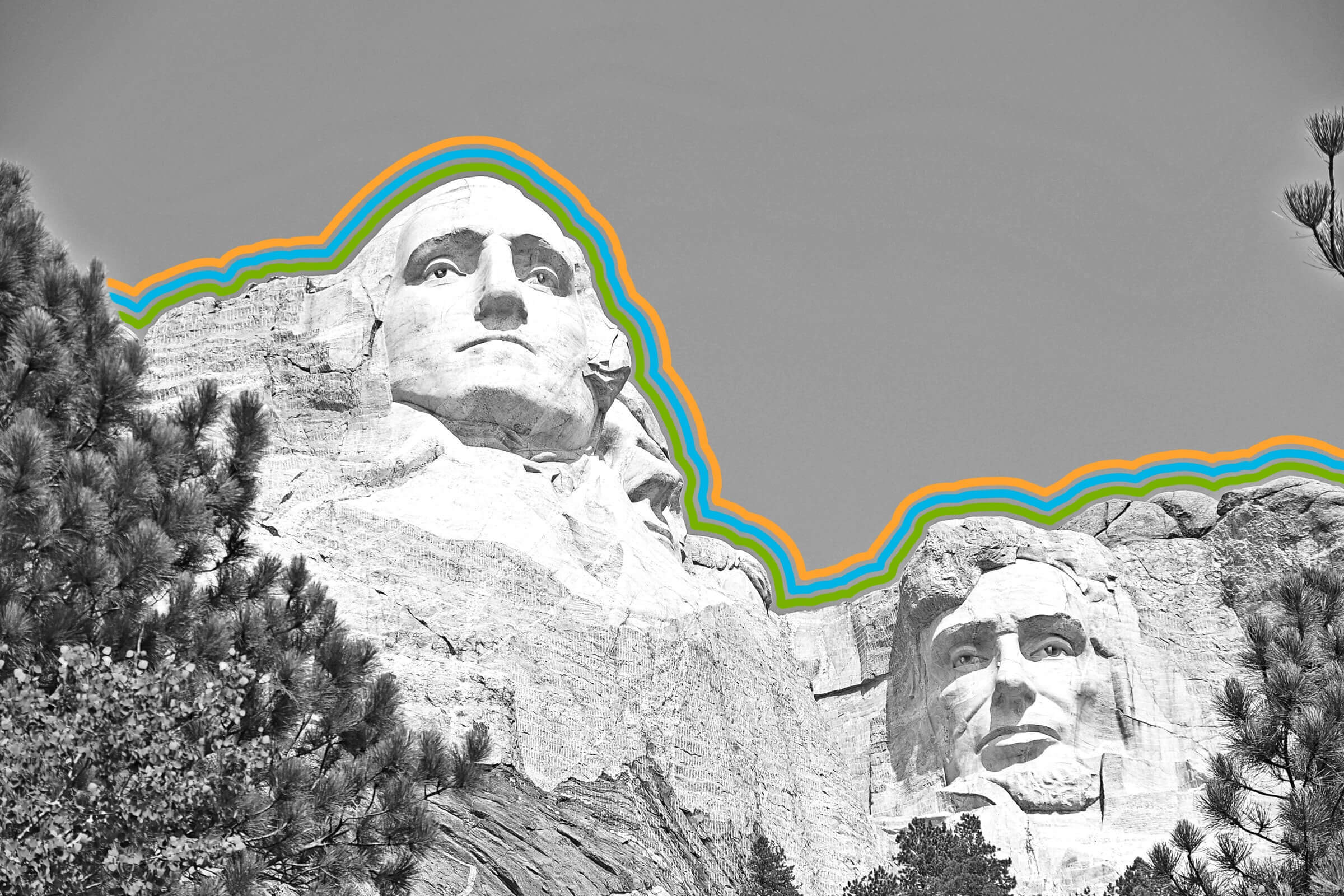
There's a village inside the Grand Canyon.
Although many of the Grand Canyon's visitors make a point of packing into the tourist stop known as Grand Canyon Village, far fewer realize there's a bona fide village nestled into Havasu Canyon some 3,000 feet below. There, amid the towering limestone cliffs that surround the Havasupai Indian Reservation, live the 200-odd Native Americans who populate the remote hamlet of Supai.
For those who don't feel like splurging on a helicopter ride, simply reaching Supai is a feat unto itself. From the nearest town of Peach Springs, travelers embark on a 67-mile drive to Hualapai Hilltop, at which point they can descend the 8-mile trail by foot or mule ride. That's the route taken daily by the USPS, which brings in vital supplies like food while also carrying mail stamped with a unique "Mule Train" postmark. Those who complete the journey can refresh themselves at the general store and tribal cafe, or rest up for the return trip with an overnight stay at the local lodge. Many others continue along the trail to the reservation's campgrounds and famous waterfalls.
Although the isolation brings unparalleled views of ancient landscapes and turquoise pools, it also involves an element of danger. Severe rains damaged buildings, bridges, and even parts of the lone path in and out of the village in 2010. The pandemic also forced the Havasupai to close off tourist access to their grounds from 2020 to ’22, but they reopened for business in 2023.
A life force sacred to the Havasupai, whose traditional name means "people of the blue-green waters," the water that flows through Supai via Havasu Creek gets its start from the rain and snowmelt that accumulate in the porous limestone above. Saturated with calcium carbonate from dissolved limestone, this groundwater is eventually funneled through rock layers to a spring. When the gushing spring emerges from underground, a chemical reaction causes the calcium carbonate to appear turquoise in the sunlight, a breathtaking sight for both first-time observers and longtime residents.

